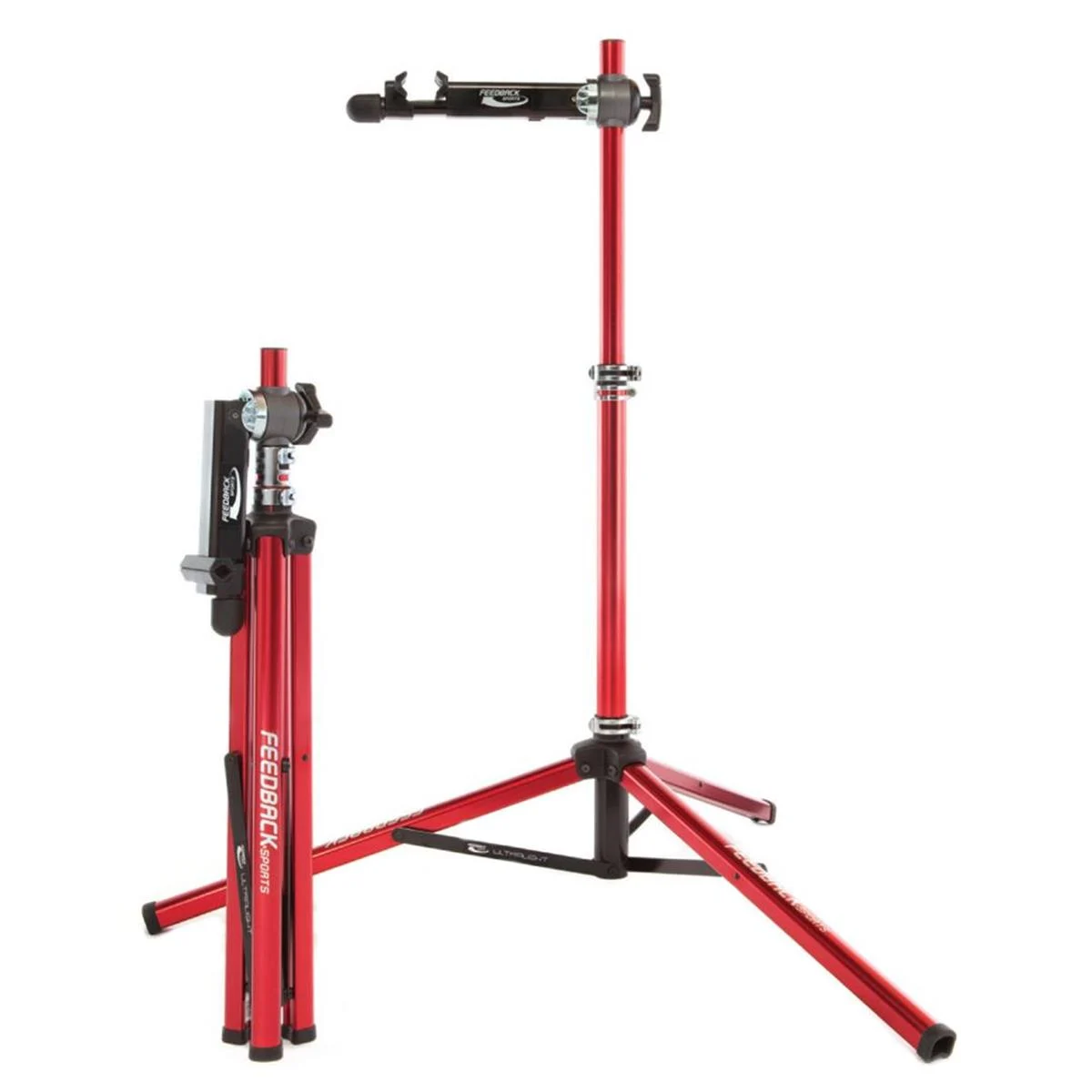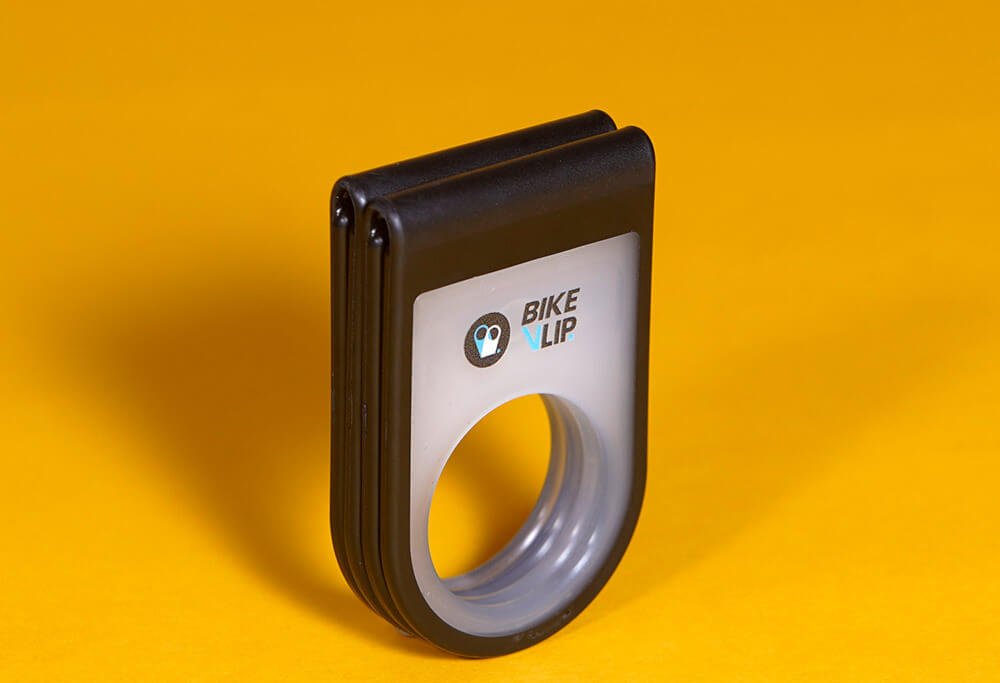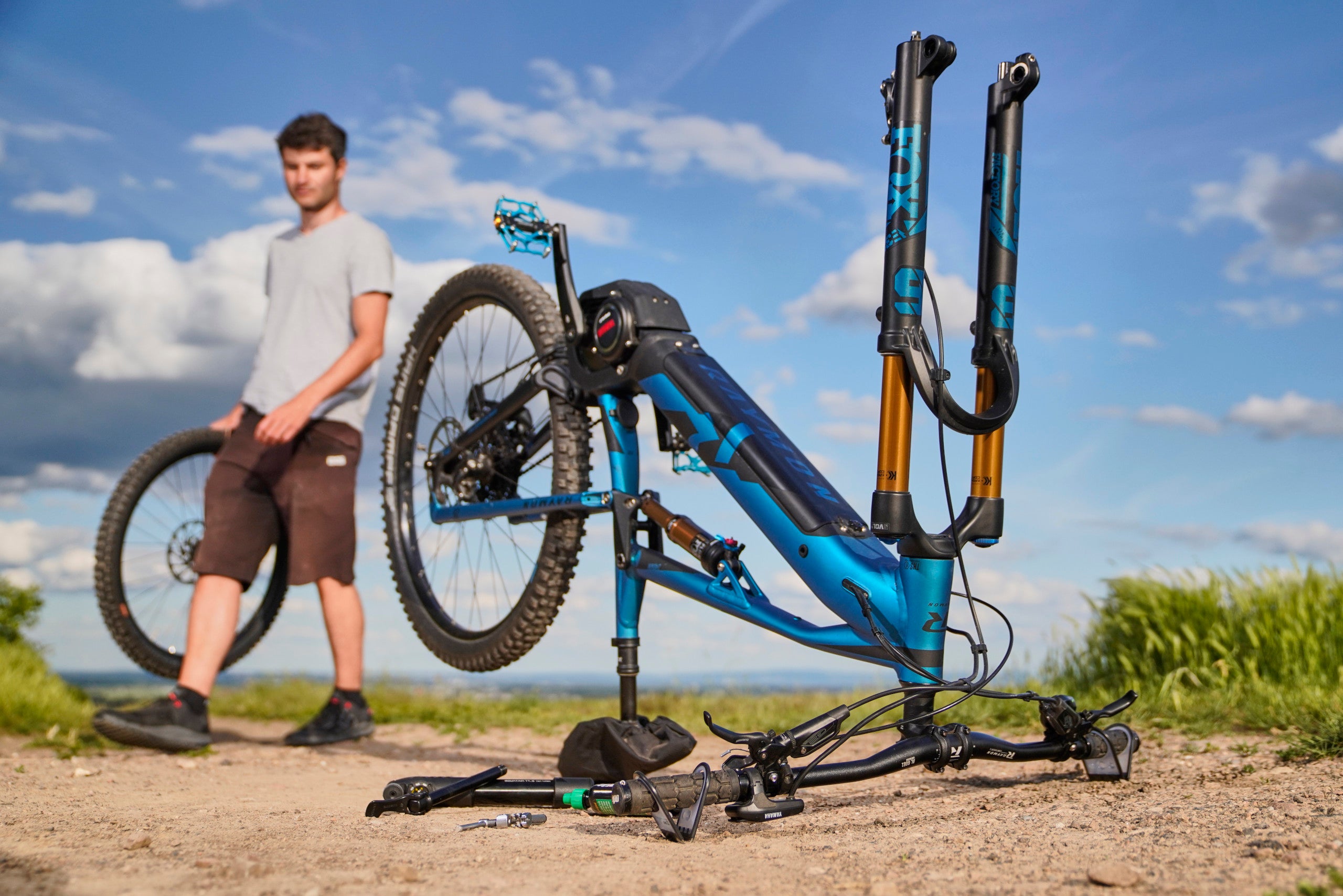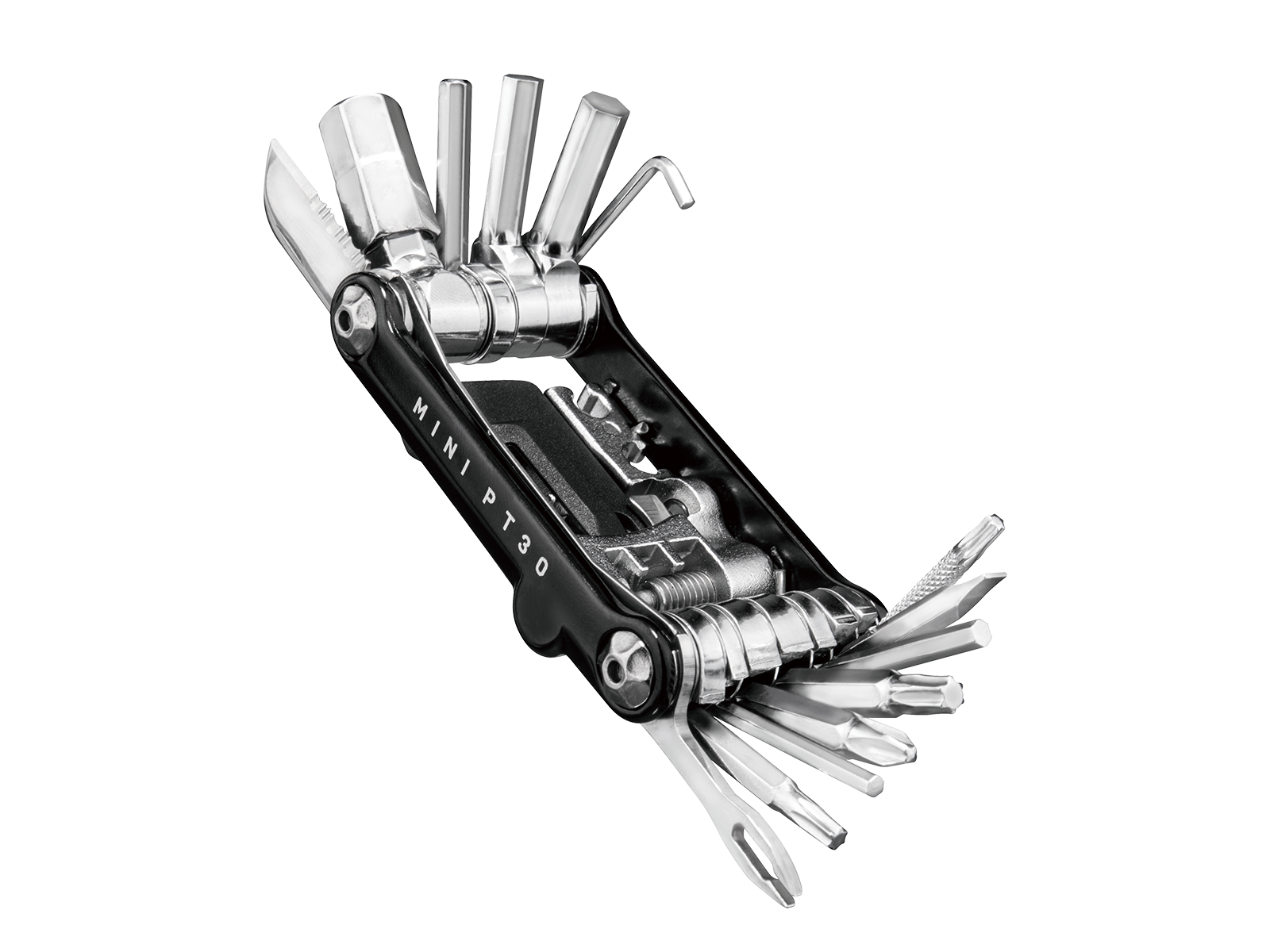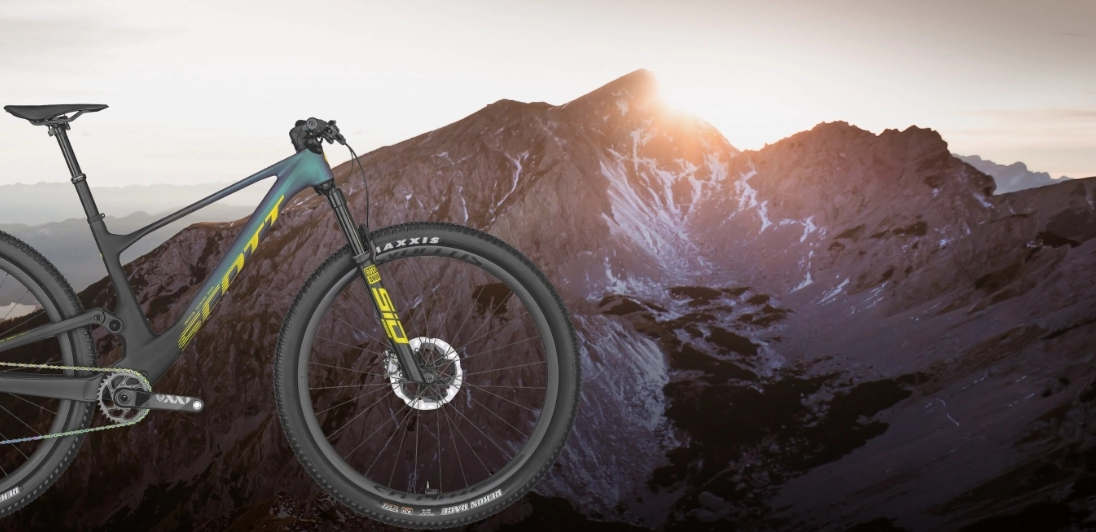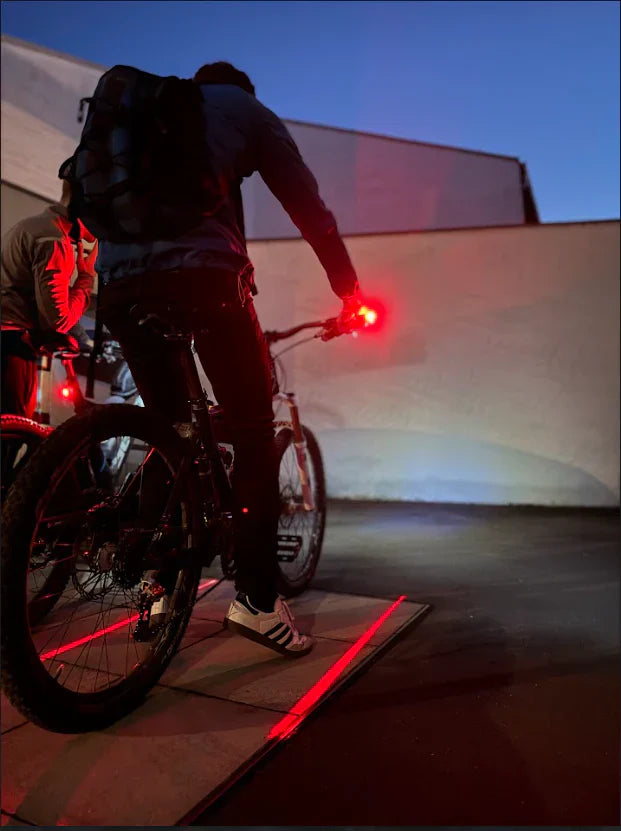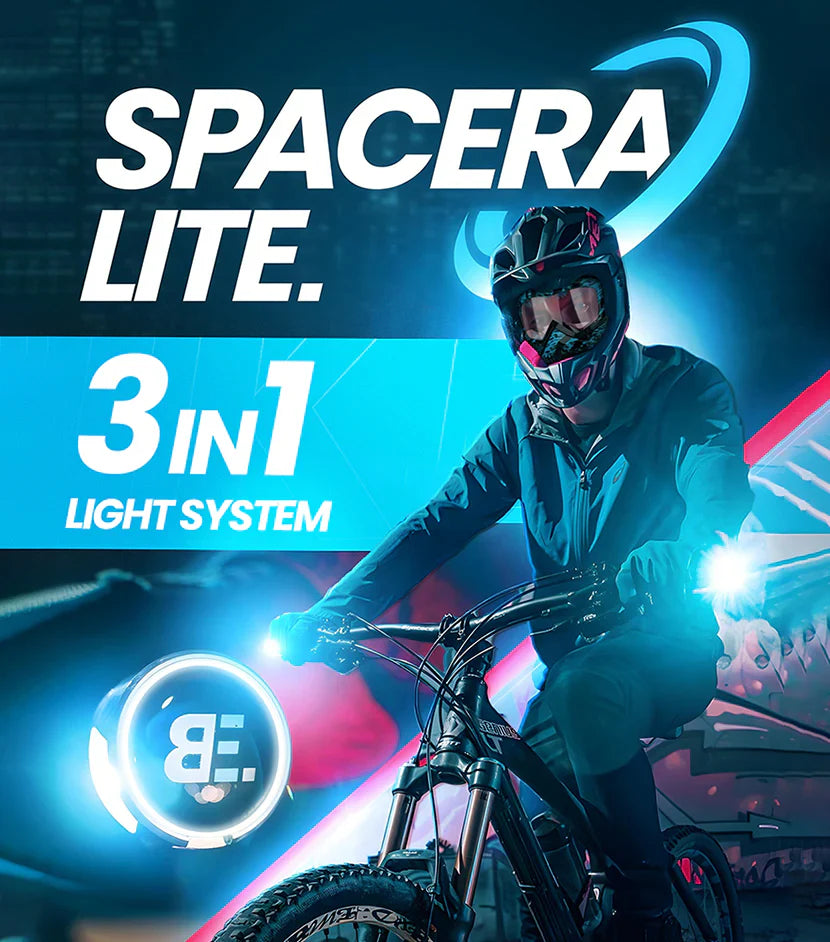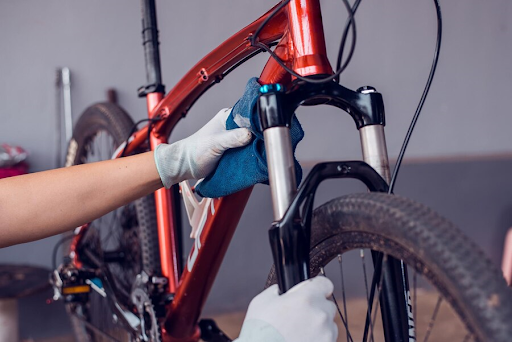Mountain biking is a thrilling outdoor activity that encompasses a wide range of disciplines, each designed to cater to different preferences and riding styles. Freeride mountain biking is one such discipline that stands out for its adrenaline-pumping experiences and versatility. In this article, we will delve into the world of freeride mountain bikes, exploring what they are, what sets them apart, their purpose, what to consider when buying one, and a list of popular freeride mountain bikes.
What is a Freeride Mountain Bike?
A freeride mountain bike is a specialized off-road bicycle designed to handle a wide range of terrain and challenges, making it a versatile choice for riders who seek adventure and are not confined to a single type of riding. The term "freeride" implies a sense of freedom and creativity, where riders can explore their surroundings and push the boundaries of what is possible on a bicycle.
What Makes a Freeride Mountain Bike And What Should You Look for in a Freeride Mountain Bike??
Freeride mountain bikes are distinguished by several key characteristics that set them apart from other types of mountain bikes:
Robust Frame
Freeride bikes typically feature strong, durable frames built to withstand the rigors of downhill descents, jumps, drops, and technical terrain. These frames are often made from materials like aluminum, steel, or carbon fiber, known for their strength and reliability.
Choose a frame material that suits your needs and budget. Aluminum frames are durable and relatively affordable, while carbon fiber frames are lighter and provide a smoother ride. Steel frames are robust but heavier.
Suspension System
One of the most critical components of a freeride mountain bike is its suspension system. Freeriders need suspension that can absorb large impacts and provide a smooth ride in challenging conditions. These bikes usually come with long-travel suspension forks (up to 200mm) at the front and a rear shock to soak up rough terrain.
The amount of suspension travel is a crucial factor. Freeride bikes typically have between 160 mm and 200mm of travel in their front forks and rear shocks. More travel provides better control on rough descents and when landing jumps.
Aggressive Geometry
Freeride bikes have a more aggressive geometry compared to other mountain bike types. This includes a slack head tube angle, which improves stability on steep descents, and a lower bottom bracket height, providing a lower center of gravity for better control.
Pay attention to the bike's geometry. A slack head tube angle and low bottom bracket height enhance stability and control on descents. You should also consider the reach and stack measurements for a comfortable riding position.
Strong Wheels and Tires
Freeride bikes are equipped with robust wheels and wide, knobby tires to provide optimal traction and durability, ensuring they can handle the rough terrain, drops, and jumps that freeriders encounter.
Freeride bikes commonly come with 27.5-inch wheels, which offer a good balance between agility and stability. Some riders may prefer 29-inch wheels for added rollover capability.
Disc Brakes
Powerful disc brakes, typically hydraulic, are essential on freeride mountain bikes. They offer precise stopping power, crucial for controlling your speed on steep descents and maintaining safety.
Ensure the bike is equipped with powerful hydraulic disc brakes, as stopping quickly and reliably is essential for safe freeriding.
Dropper Seatpost
Many freeride bikes come with a dropper seatpost, which allows riders to quickly adjust their saddle height while riding, transitioning from seated pedaling to downhill descents seamlessly.
Choose the right dropper seatpost that allows you to quickly adjust your saddle height on the fly, making transitions between climbs and descents more convenient.
Stout Components
The components on a freeride bike are selected for durability and performance. These bikes often come with strong handlebars, stem, and drivetrain components that can withstand the demands of technical riding.
Check the quality of components such as the drivetrain, handlebars, stem, and pedals. High-quality components can enhance the bike's performance and durability.
What Are Freeride Mountain Bikes For?
Freeride mountain bikes are designed for riders who want to explore a wide variety of terrain and challenges. These bikes excel in the following scenarios:
Downhill Descents
Freeride bikes are built to tackle steep and technical downhill descents with confidence. Their long-travel suspension and aggressive geometry provide stability and control in the most demanding conditions.
Jumps and Drops
Freeriders often seek out jumps, drops, and natural features in the landscape to perform tricks and showcase their riding skills. These bikes are engineered to withstand the impact of landing after launching off obstacles.
Technical Trails
Freeride mountain bikes are equally capable on challenging, technical trails where obstacles like rocks, roots, and tight corners require a high degree of skill and precision.
All-Mountain Adventures
Freeride bikes are suitable for all-mountain riding, allowing riders to explore a wide range of terrain, from flowing singletracks to steep descents and rocky trails.
Bike Parks
Freeride bikes are a popular choice for riders who frequent bike parks, where they can take advantage of lift access and enjoy a variety of trails, jumps, and features.
Freeride Competitions
Freeride competitions, such as Red Bull Rampage, test the limits of a rider's skill and bike performance. These events often feature daring descents and impressive jumps, making freeride bikes the ideal choice for participants.
List of Popular Freeride Mountain Bikes
There are numerous freeride mountain bike models available from various manufacturers. Here are some popular options that cater to different preferences and budgets:
Santa Cruz Nomad: The Santa Cruz Nomad is a renowned freeride bike known for its versatility and high-quality components. It offers a sturdy frame, ample suspension travel, and aggressive geometry.
Specialized Enduro: The Specialized Enduro series has a strong following among freeriders. These bikes are built to handle challenging terrain, with a well-balanced suspension setup and robust construction.
Yeti SB165: The Yeti SB165 is a freeride bike that excels in both downhill and all-mountain riding. It features a unique suspension design, allowing it to handle rough descents and technical climbs with ease.
Transition Sentinel: Transition's Sentinel is a freeride bike that offers great value for its performance. It has a slack geometry, long suspension travel, and is designed for aggressive riding.
Trek Slash: The Trek Slash is a freeride bike with a reputation for reliability and versatility. It's designed to tackle rough descents and technical trails while still being efficient for climbing.
Canyon Torque: Canyon's Torque series includes a range of freeride bikes known for their durability and high-quality components. They are designed for riders who enjoy jumps, drops, and technical terrain.
Pivot Firebird: The Pivot Firebird is a freeride bike that combines performance and agility. It has a strong frame, ample suspension, and modern geometry for tackling a wide range of terrain.
Ibis Mojo HD5: The Ibis Mojo HD5 is a popular choice among freeriders who appreciate its versatility. It offers a balanced suspension setup and a lightweight carbon frame.
GT Fury: The GT Fury is a freeride bike with a focus on downhill racing. It's built to handle high speeds and extreme terrain, making it a favorite among gravity-oriented riders.
Commencal Meta AM: Commencal's Meta AM series includes freeride bikes that are recognized for their affordability and performance. They come with modern geometry and reliable components.
FAQs
Q1. Can I use a freeride mountain bike for cross-country riding?
While freeride bikes can handle cross-country terrain, they are not optimized for long-distance pedaling. Their robust frames and heavy-duty components make them less efficient for extended climbs.
Q2. Are freeride bikes suitable for beginners?
Freeride bikes are generally not recommended for beginners due to their aggressive nature and the challenging terrain they are designed for. It's best to start with a more versatile trail or all-mountain bike.
Q3. Do freeride bikes come in different frame sizes?
Yes, most freeride bike models offer a range of frame sizes to accommodate riders of various heights. Be sure to choose the size that fits you best for a comfortable and controlled ride.
Q4. Can I use a freeride bike for bike park riding?
Yes, freeride bikes are well-suited for bike park riding, as they can handle the jumps, drops, and technical features found in bike parks. Many riders prefer freeride bikes for this purpose.
Q5. What type of protective gear is essential for freeride mountain biking?
When freeriding, it's crucial to wear protective gear, including a full-face helmet, body armor, gloves, knee and elbow pads, and appropriate footwear. These safety measures help reduce the risk of injuries in technical and challenging terrain.
Conclusion
Freeride mountain biking is a thrilling and adventurous discipline that requires a specialized bike designed to tackle a wide range of terrain and challenges. Freeride mountain bikes are known for their robust frames, long-travel suspension, aggressive geometry, and durability, making them the perfect choice for riders who crave adrenaline-pumping experiences. When considering a freeride bike, it's important to evaluate factors such as suspension travel, frame material, geometry, brakes, and components to ensure that the bike suits your riding style. With the right freeride mountain bike, you can explore steep descents, conquer jumps, navigate technical trails, and enjoy all-mountain adventures while pushing the limits of what's possible on two wheels.





